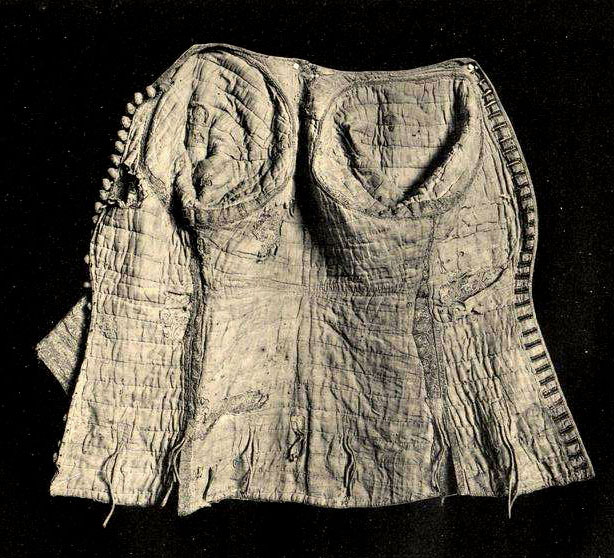It's important to consider the length and function of the garment. The two modern examples you posted are both shorter in the skirt than the CDB garment. They would be suitable for doublets that get covered by another garment, but not as something that is normally exposed to view.
The important landmarks on the CDB are the "vents" on each side. These will fall at about the level of the hip joints. Functionally, the vents allow the skirt to be long enough to cover the groin and gluteal folds while still maintaining a close, tight line. Without the side vents, the skirt would ruck up.
I've always thought of Jean de Vaudetar as the poster boy for how the CDB was supposed to fit. He has buttons to close the the vents, but he's left them open because he was going to have to kneel. We can see how his arse girdle has been forced up a bit on his right. He will have to shove that back into position when he stands back up. We can't tell whether or not his hosen are joined because his outer garment is doing its job. The side vents allow his leg to bend quite fully without rucking the skirt enough to let his king see his junk, or the people at court see his butt.

Mac









































